Combing through the collections at Library & Archives Canada (LAC), I came across an audio recording of an interview with RCAF photographer Sgt. Henry E. Price by Archivist Peter Robinson.
A day after I had received the digital copy of the interview, I would receive an email from a colleague,
"Have run into a contact who knows the daughter of a film unit photog by the last name of Price. Sounds like somebody you would like to talk to."
Making contact, I would soon find myself performing a sit-down interview with Shirley Price-Radley, and her son, Myles Radley, about their father/grandfather, Henry Price.
From that visit sprang a video presented à la Canadian Army Newsreel format, where Myles and Shirley browse through the families vast collection of documents, and pictures shot and sent home by Sgt. Henry Price, Senior Public Relations photographer, No. 6 Group, RCAF.
Some of the chapters covered in the newsreel-inspired video include ‘Bathtub Darkroom’, ‘Warriors’ Day’, and the not to be missed, ‘The Haunted Picture’ presented by Myles Radley.
Due to the enormity of the families photographic collection, I could not possibly gather it all into one video, deciding to present some of the additional material in a Part Two, and Part Three separately.
In video Part two, titled, ‘Their Stories Need To Be Told”, Myles and Shirley present some of their favourite pictures and discuss the Museum’s presence in the community, and the importance of ensuring that veterans stories are told.
In Part Three, “Putting a Voice to the Pictures”, I present the family with a digital copy of the LAC interview by Archivist Peter Robinson. We sit down to listen to a short segment where Myles comments after listening to ‘Poppa Price’s voice, ” The more I listen to it…it’s like a blanket out of the dryer”.
I want to thank Graham Barkley for sending me the email connecting me with the family, and many, many thank you’s to both Myles and Shirley Price-Radley for allowing me to record them, as they share their personal recollections of a special member of the family; their father, Henry Price, and grandfather, affectionately referred to as ‘Poppa Price’.
Additionally, I want say thank Laura Barkley, Ron Gregory, and all the kind staff at the Royal Canadian Legion Branch 286 in Etobicoke, Ontario, for their hospitality.
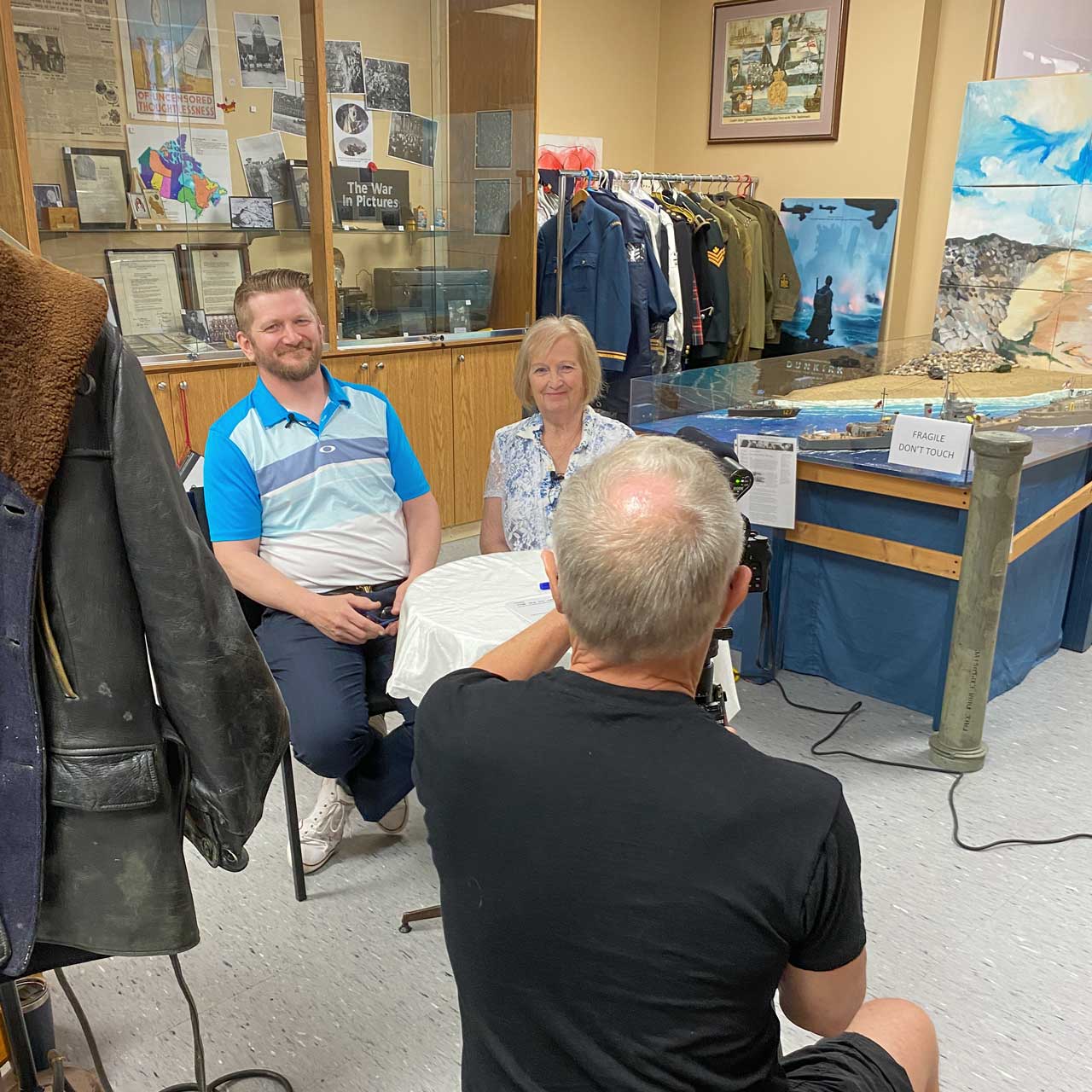
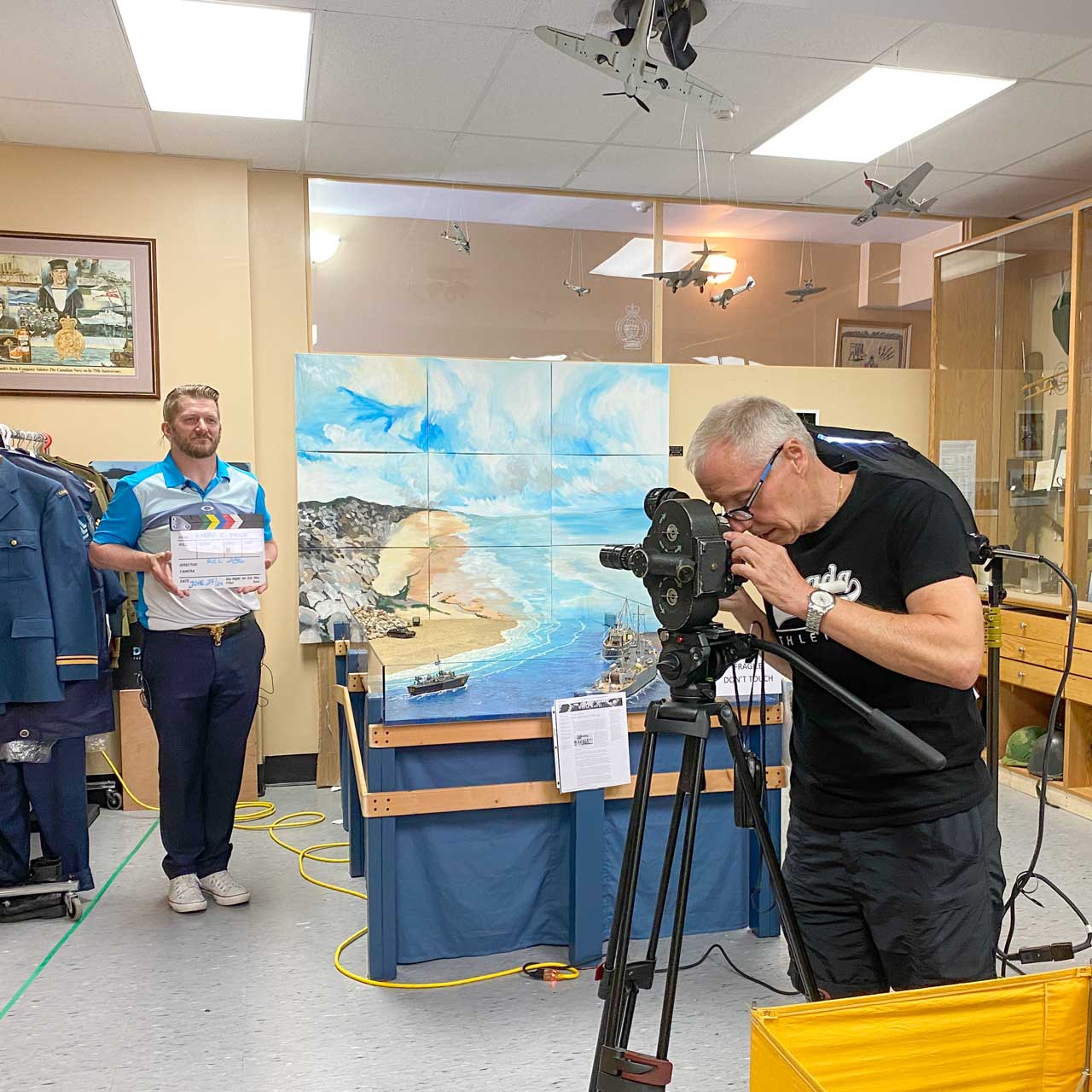
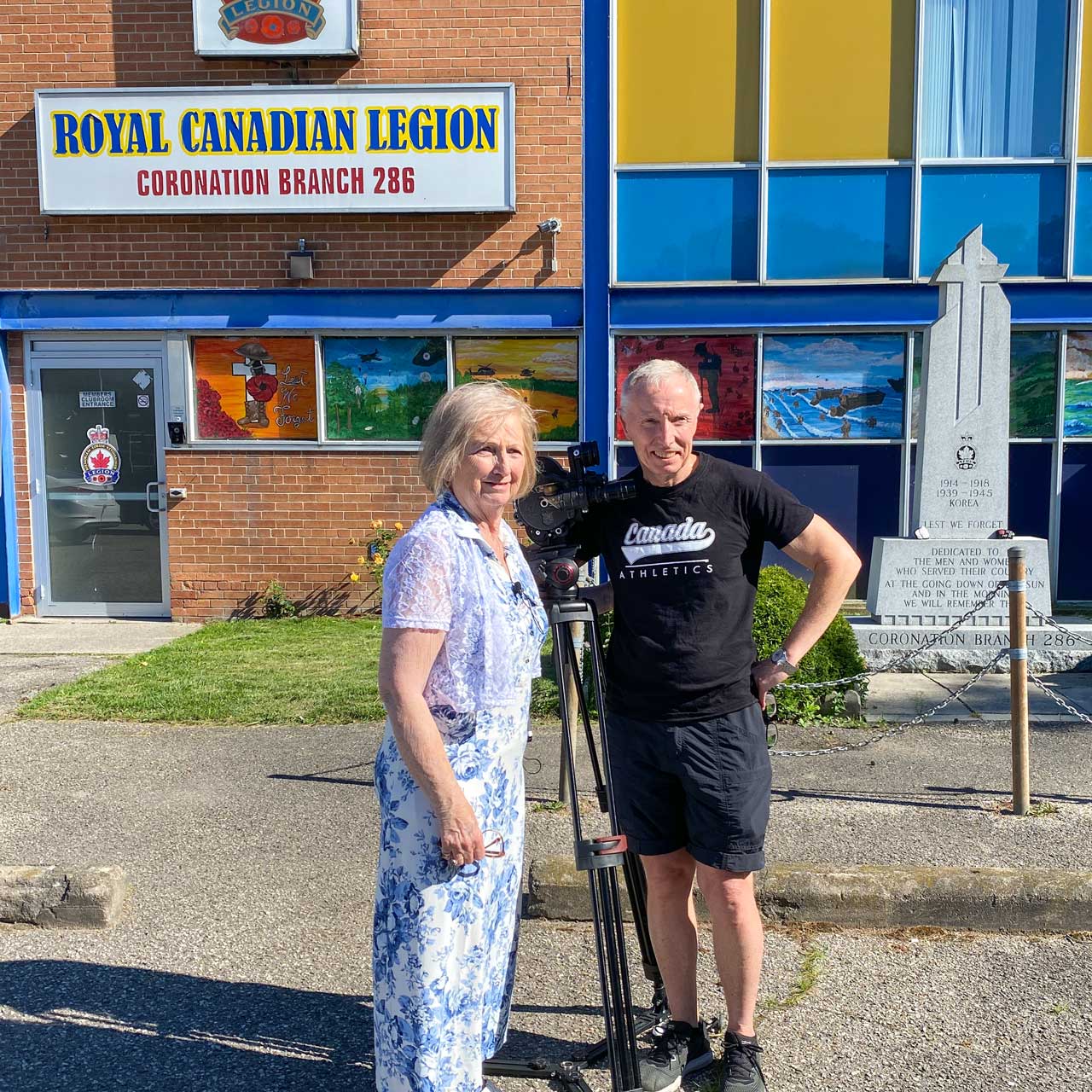
ABOVE: Production stills courtesy Laura Barkley
ABOUT HENRY E. PRICE
Henry E. Price was born in 1918, in the last year of the first Great War, in York Township, a borough of Metropolitan Toronto.
As a young Boy Scout, Henry would recall how the local Royal Canadian Legion branch played a part in his early years as a youth, exposing them to various activities and support; the military men impressing a male presence in his life. Something that was missing at home at the time.
After grade eight, Henry would attend a commercial course at York Memorial Collegiate, reasoning that, ‘the commercial course would be good for me in making some money in my life.’
But it would be a summer job on the golf course, where Henry would caddy for a senior executive at Canadian Kodak in Toronto, earning him a job with the company, thus beginning his interest in photography at the early age of just 15 years old.
When an opportunity at work opened up in the powder and solution department, delivering and preparing fixers and other photographic chemicals to the testing department, Henry would switch his night school book-keeping class to a chemistry class at Western Technical Collegiate in West Toronto.
Having first-hand access to these chemicals, Henry who would return home at night, and from his box camera, develop and make prints from the negatives. Returning the next day to the job, Henry would share his home-made prints with the staff technicians, which would ultimately lead to him to working in the testing department.
In 1940, good fortune would soon find Henry hand-picked as one of twelve people in the company to attend an intensive sixteen hours a day in-house photographic course, furthering his photographic background.
Still carrying on with night school courses, Henry would switch from a book-keeping to an evening class in chemistry at Western technical Collegiate, realizing by then that he was never going to be an accountant.
The photographic course would cover the basics of photography, it’s history, the various processes used such as daguerrotypes, wet-plate, and colodion. Being with Canadian Kodak, Henry would have access to the companies various camera’s and lenses which he would take into the field as part of the course, and return later in the day to process and print the pictures. When not in the field, the course would cover portraiture in a studio setting, and the quality control aspect photographic film such as sensitometry. Henry would credit this training with giving him the necessary ‘grounding’ to go into the Air Force.
Henry would recount the story while on assignment in the field for the photographic class with his encounter at the Toronto Post Office;
Henry would setup outside the relatively new Post Office with his camera and tripod when a ‘little lady’ came along and began to remind Henry that there was a war on and that he shouldn’t be going around taking pictures of buildings, that they might fall into the wrong hands. Henry would often reflect back to this ‘little lady’ later on in his career with the Air Force from a security angle point of view.
Henry would recall joining up on Bay Street, and assigned to No. 1 Manning Depot in Toronto and the Coliseum Building on the Canadian National Exhibition grounds. Fondly remembering being assigned to a place in the cattle pens to sleep and bath in.
After basic training, Henry would be posted to No. 8 Air Observer School in L’Ancienne-Lorette, Quebec, working in the photographic section, handling aerial cameras and processing the aerial photographs from the schools student navigators in the darkroom.
After navigation school in Ancienne-Lorette, Henry would be posted to Rockliffe, at what was known at the time as the ‘White House.’ The Air Force course at Rockliffe would concentrate on aerial photography. Some of the many people Henry would meet in this course would eventually follow him overseas.
After the course Henry would work in the general darkroom at Rockliffe, printing aerial photographs, in a position nick-named, ‘water buffaloes’ which involved the washing off of chemicals in the course of making prints. Soon after, Henry would be working in the Public Relations section at Rockliffe making prints off negatives for exhibits.
Henry would eventually be sent overseas, along with fellow darkroom photographers, Stu Barfoot, and Ron Laidlaw, sent to London to work at the Public Relations Photographic Unit in Lincoln’s Inn Fields.
Henry would recount a story when he was approached by Flight Lieutenant, Norman Drolet, and assigned to a firing party;
I was so astounded that this chap Drolet tell me that I had been assigned to a firing party. I said, “Well, pardon me, sir, but aren’t I a photographer first?” He said, “Price, first of all you’re an airman, and secondly, you’re a photographer.”
In the second half of the interview after a ‘coffee break’, Peter Robinson would ask Henry to discuss his ‘equipment’ and that, ‘…your darkroom was a little primitive…‘
"Oh, I had a Speed Graphic, and I had a backup Speed Graphic type of camera, it wasn’t a Speed Graphic but, in case that one went down, I had another one there, which I didn’t use too much 'cause I used the Speed Graphic all the time. Other than that, I had a tripod, that sort of thing, but other than that I had a very small printing box there, and some trays to uh, and you know, mix your developers, and fixers, and then, print, make prints of each negative so that you can identify it, then you could write, take it upstairs, with all the data, and the group in our Public Relations office, would write the cut-lines."
In the interview, Henry would talk about some of the other ‘chaps’ that he worked alongside, and some of the other officer’s that made up the Public Relations Photographic Unit.
Henry would eventually make his way back home to continue working at ‘Canadian Kodak‘, which had by that time, changed their name to ‘Kodak Canada‘, to work in the paper finishing department.
"So I, it’s been interesting having been with still photography...So I look fondly back upon my years with the Royal Canadian Air Force."
"I know in my work in the Royal Canadian Legion, the number of fellows dwindling as far as the First World War and, their personal, personalized experiences are becoming, you know, the ability to get a personalized experience has become less and less, and I can see as the years go on pretty quickly that this same thing can happen here and I, certainly want to commend the management of the Public Archives in allowing us this opportunity.
Lest We Forget
© Dale Gervais 2024
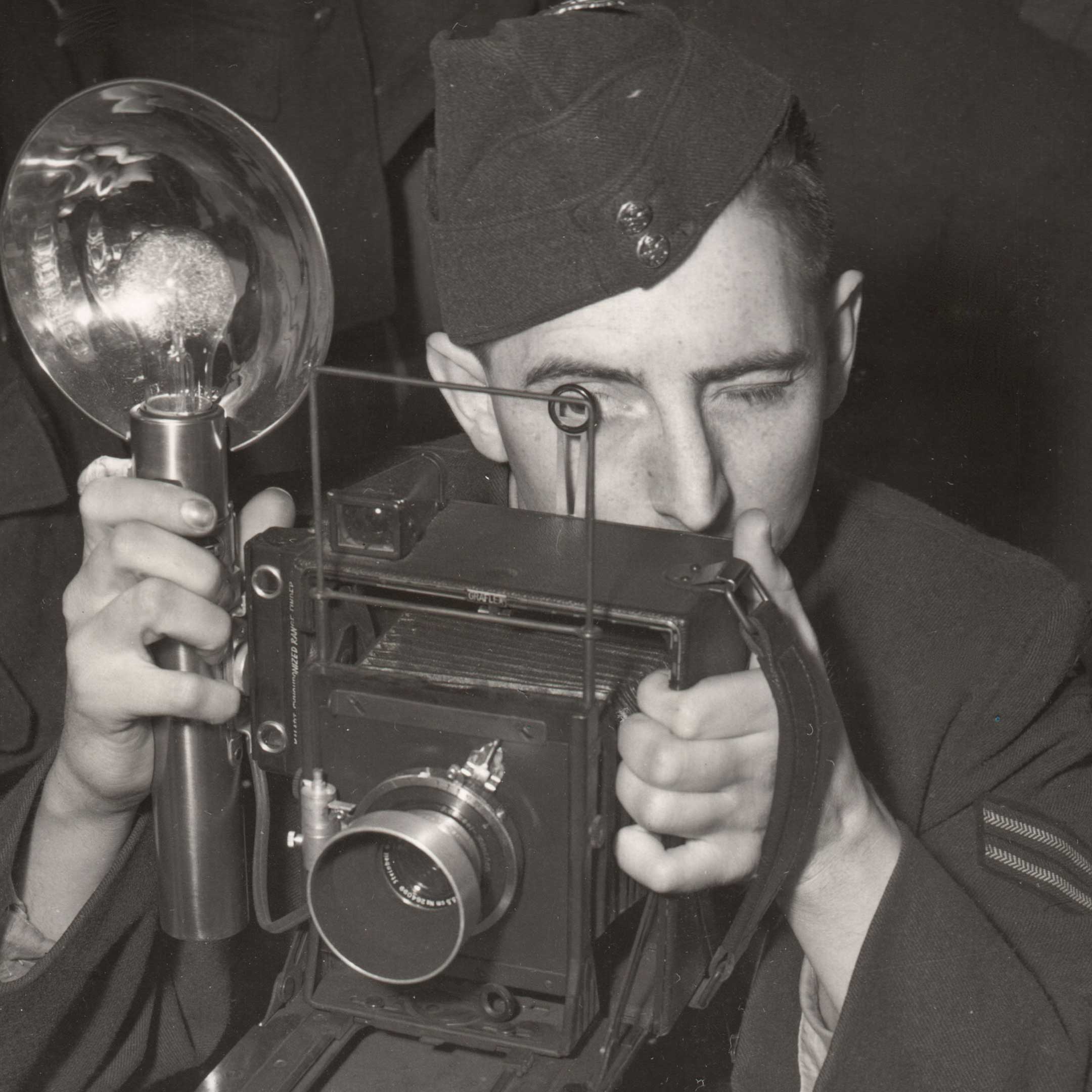









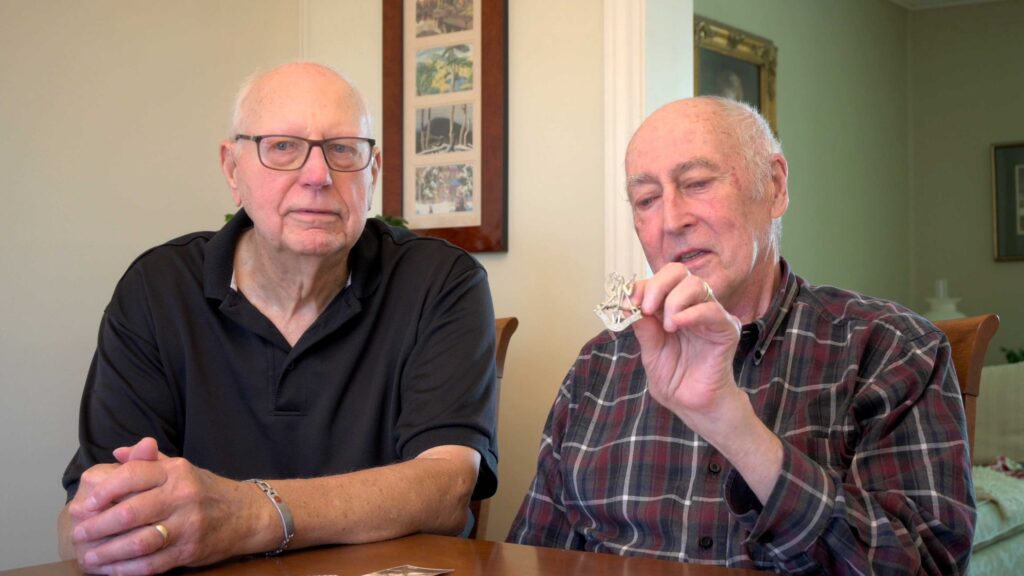



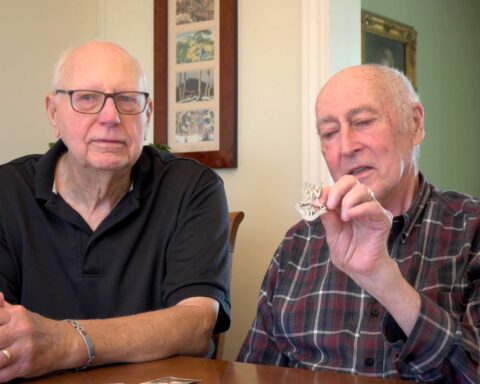
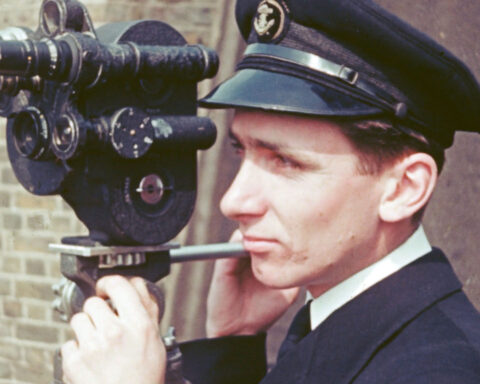
This is a wonderful insight into a side of war and our military that so few know as seen, literally, through the eyes of one man and the hearts of those who loved him. This is a wonderful tribute and an excellent view into a corner of conflict we often take for granted and yet are always enthralled by when viewed in the many forms of media. This is both an honour to a man, and the countless other members of our military history, and family reunion worth watching.
Thank you Stephen! I enjoy telling the stories of Canada’s military photographers, and to meet with the Price family to talk about their father, grandfather was very special. Thanks again for your comment. Dale.
Dale, your work is exemplary and such a wonderful tribute to Henry (Harry to his friends) Price. Not only did you pull it all together wonderfully but in an amazing amount of time. It was only June when you first attended RCL Coronation Branch 286 and the Legion Experience Museum where Harry’s camera and equipment are on display. I was also astounded to see the vast array of pictures in the family’s private collection and was unsure how you would find an angle in to such a substantive volume of work but the final results are well craft, sentimental and endearing. Hard to believe parts of it were shot with a WW2 military camera.
Thank you for all your hard work.
Laura Barkley, Public Relations Officer Br 286 & Legion Experience Museum Director
Thank you so much for your comments Laura. I really credit all of you at 286 for opening the door for me, and sharing the Price story. I have to say I was initially taken aback by the breadth of all the material that Myles and Shirley put out for my visit. Myles and Shirley were the stars; showcasing their father/grandfather’s photo’s, within the Legion Museum. If it wasn’t for all of you, Harry’s story would not be the same. I wanted to celebrate the 100th Anniversary of the RCAF in Canada, and I thought a ‘Newsreel’ feel might be the best method. I had a lot fun putting it together, and I hope the video captured the soul and character of Harry, and the work he and his colleagues did during WWII, as well as the love and camaraderie that is Royal Canadian Legion 286. Dale : )